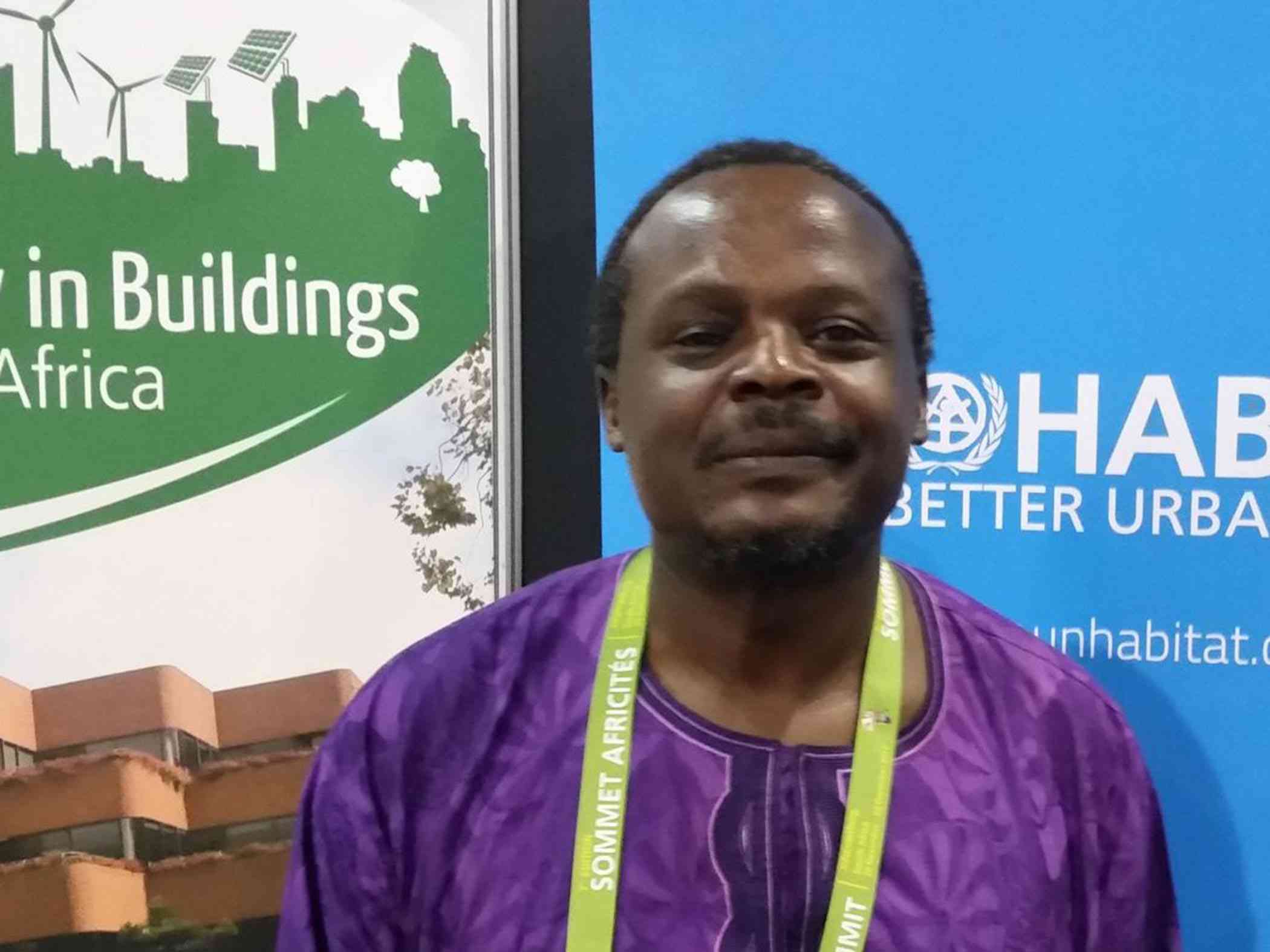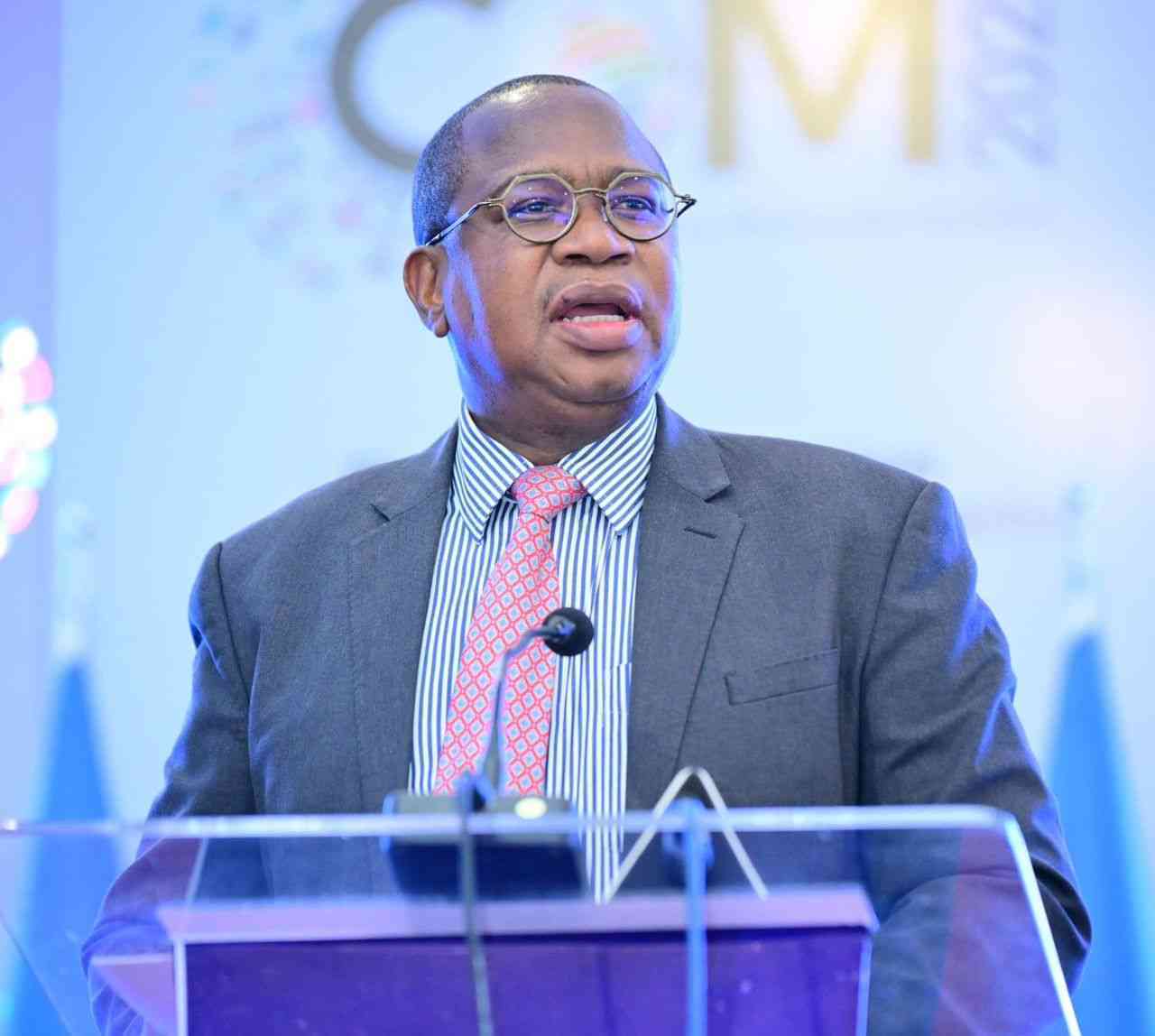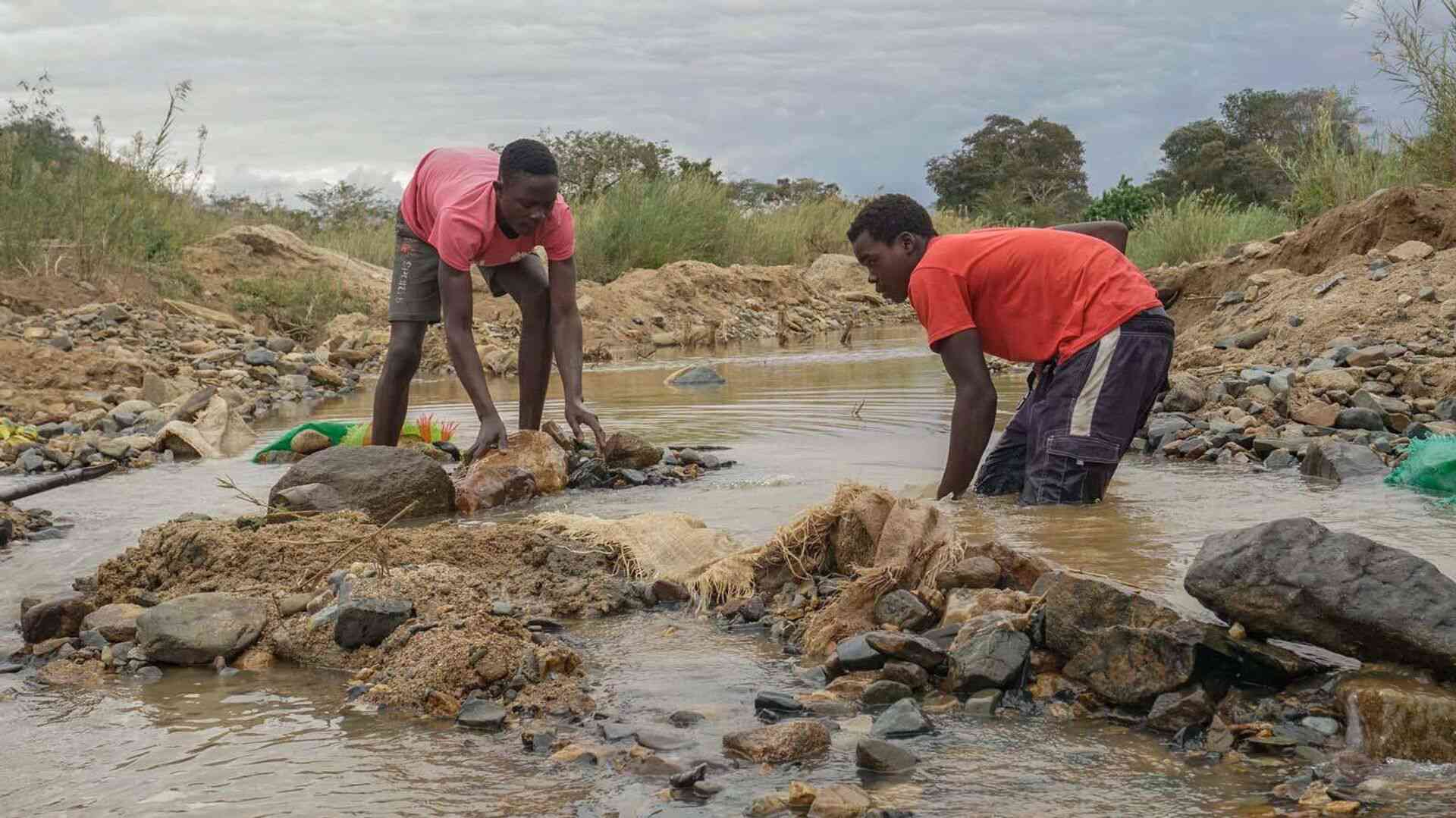
AS Zimbabwe battles to reduce a national housing backlog estimated at between 1,5 million and two million, focus has generally been on exploring ways of raising funding to build enough units. But there are emerging issues to consider for the built environment — the impact of traditional buildings on climate. Last week, Zimbabwe Independent reporter Julia Ndlela (JN) took advantage of a workshop organised by the Green Buildings Council of Zimbabwe to discuss the issue with United Nations (UN) –Habitat Africa representative Vincent Kitio (VK), who spoke about the various initiatives the body is pursuing to help countries rollout environmentally friendly and affordable housing. Below are excerpts of the interview:
JN: Thank you for the opportunity to talk to you. Please tell us about yourself.
VK: I am heading the Urban Energy Unit at UN-Habitat. We are based in Nairobi, Kenya. UN–Habitat is a human settlement programme, which is mandated to promote sustainable cities and adequate shelter for all, and housing for everybody. Within this mandate, you can, therefore, understand that we are here to promote affordable housing and sustainable buildings. These are buildings that are environmentally friendly. We are looking at developing cities that serve the people, rather than people serving the city. This is what UN-Habitat does.
JN: During your workshop in Zimbabwe this week you were discussing the concept of green buildings. Please give us more details about green buildings.
VK: Green building is about going back to basics. Imagine, for example, our traditional houses that were built using whatever was available around — the materials, grass, trees — everything. (We are talking about things like) the stones that were around. They were environmentally friendly and comfortable. The purpose of the shelter is to protect us against the weather, the rain, the sun, the wind, animals, and giving us security. Green building is a modern way of building. It is a modern way of putting up buildings using environmentally friendly methods.
JN: Does this include big buildings?
VK: You can still put your 20-floor buildings, but you need to make sure that it is properly ventilated so that it does not overheat. You do not import too much material to do it, because you do not want to have big emissions — the carbon footprint. That is why green building uses whatever is available so that you minimise the importation of materials.
JN: Why do we have to focus on green buildings now?
- Govt adopts UN protocol on child rights
- UN spotlights Mat'land marginalisation
- Chefs attempt to sneak to UN
- 'AU, EU must intervene on Zim crisis'
Keep Reading
VK: Today we are talking more about climate change. What is the origin of climate change? Emissions (are there) because we are using coal, we are using fossil fuel, we are cutting down our trees to burn bricks. All these are emitting a lot of gas that is now changing the climate. If we look at the statistics, 40% of energy is consumed in buildings. The buildings are responsible for the emission of 30%.
Therefore, if we are to address climate change, we need to look at the way we are building our houses. We are here training the architect, the engineer, the real estate developer, and all building practitioners on how to reduce the carbon footprint as they design buildings, as they build buildings.
JN: You touched on a standard called EDGE. Please tell us more about this.
VK: The subject of our training is EDGE. This means Excellency in Design for Greater Efficiency. It is a tool that helps designers to assess their design as they evolve so that the outcome, the ultimate outcome, is to come out with a building that is environmentally friendly. Environmentally friendly means it consumes less water, it consumes less energy, it also consumes less materials. This is the whole essence.
JN: Do you think this is cost effective when we are talking in terms of Zimbabwe?
VK: That is a very, very interesting question. What I would say is, it is the same as any product. If, for example, we have only one or two people that are doing it, it is very expensive. But if now when all the partners come together, the cost will come down. For now, you find green building costly because the materials needed are imported.
But if we start evolving and all the stakeholders come together, the importation costs will come down.
JN: What else can Zimbabweans do to reduce costs?
VK: If other people start producing those materials, the cost will also come down. If the government introduces tax incentives on building materials, such as value added tax, the costs will come down.
JN: But for now, with few people looking at the green buildings concept, the cost of building them is high.
VK: It has been demonstrated that although it might be costly compared to the traditional to conventional building, the earnings are higher. Take for example the cost of your electricity bill. On a green building or house you maximise the use of natural lighting and natural ventilation. Therefore, you reduce the lighting and air conditioning. So it will also ultimately reflect on your electricity and water bills. It has also been shown that green buildings are very lively to live inside because of natural lighting. If you go to hospitals that were built before the modern sort of hospital, they have a lot of light. The windows are very big because it helps people to recover quickly. The fresh air that they are breathing is better for their health.
JN: What is the outlook? How do you see this concept evolving?
VK: We have no choice today because if we continue building as usual, we will be facing climate change more and more. We should adopt this green attitude rather than being against nature.
JN: You also mentioned national housing backlogs in Zimbabwe and across Africa. Tell us more about this?
VK: We have a 1,5 million official housing backlog in Zimbabwe. But the officials say the reality will be more. We realise that there is an estimated 160 million housing need (in Africa). We expect the urban population in Africa will reach 1,3 billion in 2050. The way we build our houses also influences the carbon footprint. As we fight climate change, we should start by rethinking about the way we design and build our houses and buildings. New buildings should be designed using passive building strategies and methods. In fact, green buildings are designed to make use of natural ventilation. The uses of renewable energy for basic energy needs like lighting and solar hot water systems are very important in green buildings.
JN: Specifically for Zimbabwe, how important is this?
VK: Since Zimbabwe is in a tropical zone, we must design houses that adapt to the local climate and use as much locally available material as possible. I wish also to thank the great work done by our partner, the Green Buildings Council of Zimbabwe for advocating for a better energy transition in Zimbabwe through the commercial green building since 2015.
This is a commendable work because today there are still some countries in Africa that have not even started on this journey. Building green is beneficial for the occupant. It saves money for lighting and cooling. It reduces the carbon footprint. It creates new jobs. And it is good for our local economy.
JN: Let us focus on what is taking place on a global scale in terms of green buildings.
VK: You are aware of the Agenda 2050 on climate change. We want to make sure that we phase out all the use of fossil fuels, we phase out all the use of whatever activity that contributes to greenhouse gas emissions. Training like this is very important. It is the beginning of a journey, a long journey. We believe that with the natural resources that Africa has, we are able to transition towards the greener environment and the carbon neutral environment.
We have, if you look at the global population, we are today 9,6 billion.
The world is having rapid population growth. Close to six billion will be living in urban areas. Rapid urbanisation is taking place as we speak. And most of it is happening in Africa.
People are moving towards cities because they are looking for cleaner places. The cities are also places where they can access a lot of services. They can get jobs, they can also have easy access to water and many other amenities.
JN: It means African government has so much on their hands.
VK: We expect that the urban population in Africa will reach 1,3 billion (by 2050). And a large part of the urban population in Africa, estimated at 60%, will live in precarious settlements, what we call informal settlement — without access to basic amenities.











